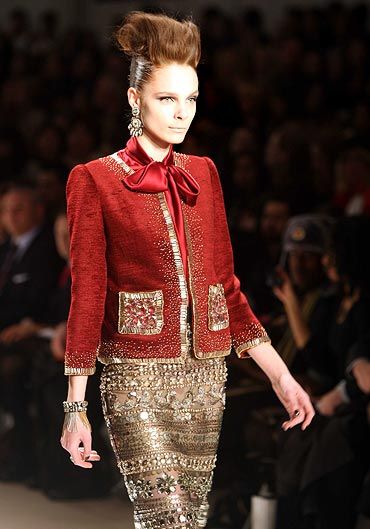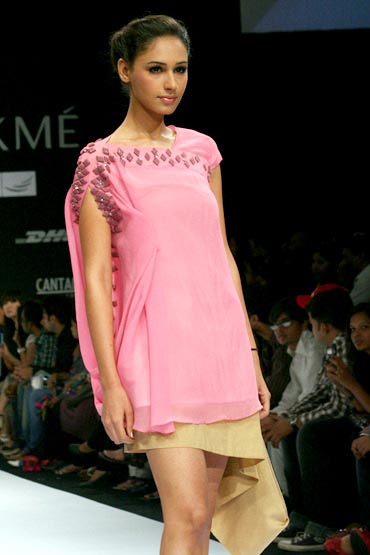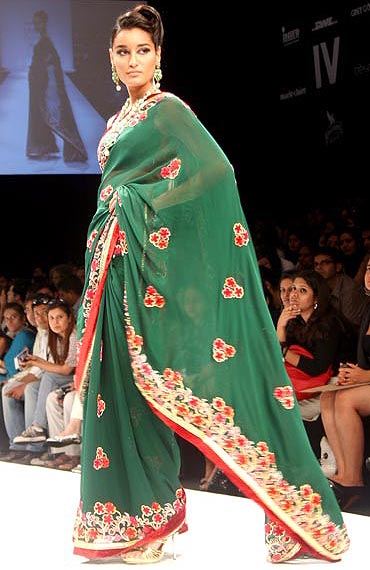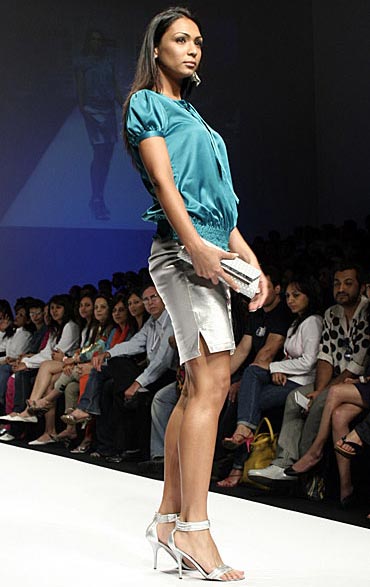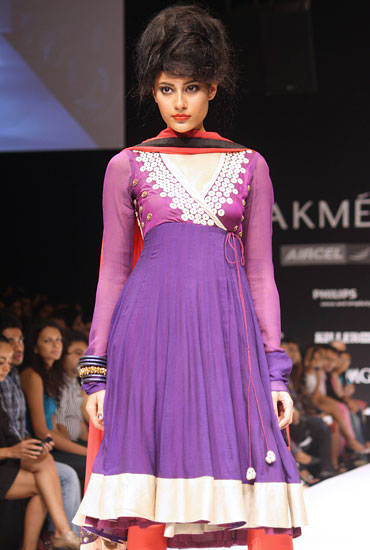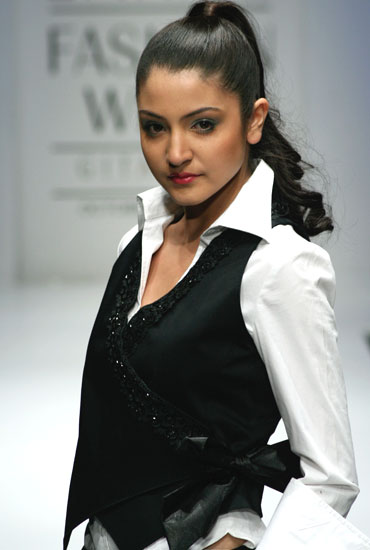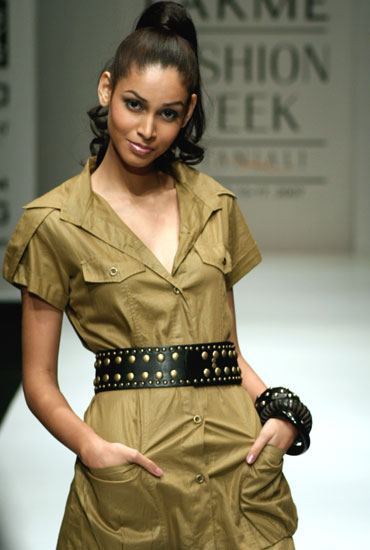 | « Back to article | Print this article |
Dress for success: Wear the right colour
Want to make the right impression? Two master image consultants tell us how to choose colours that effectivly convey the message you want to get across.
When you walk into a room, have you any idea the messages you are projecting, just by the colours you wear? As colour is the strongest visual communicator in a person's appearance and is the first feature we notice, it's important to choose the right colours for attire. So how do you pick your colours for the day?
Apparently, not with a strategy in mind for your success! According to Christina Ong AICI CIM and Lynne Marks AICI CIM, two Master Image Consultants and Co-Directors of ImageAsia training, who work with clients everyday, people don't really choose their colours at all. The colours choose them!
Says Ong: "Did you know that nine out of 10 people make their colour decisions based on 'What I like', a purely emotional impulse that can vary according to one's mood?" Marks adds: "This might not be the best strategy because the wrong colours can make you look sick, tired and older!"
So instead of choosing your colours depending on how you feel that day, here are some universal guidelines on the meaning and interpretation of colours.
Red
Red is exciting, stimulating and sensuous. Use it to grab attention and communicate strength. But use it wisely, as it can be distracting and tiring.
A red tie for a man can project power; a red dress or suit for a woman can denote a very strong character and may be too vigorous for a meeting where a calm atmosphere is essential.
Pink
Pink on the other hand is feminine, soft and delicate for women, friendly and warm for men in shirts and ties. Go with red for power and pink for delicacy.
Lovely for evening, pink and other pastels are also good for work shirts and blouses to wear with darker suits. Young girls should avoid wearing pastel dresses if they want credibility in the workplace.
Orange
Orange is a cheerful, invigorating, warm and exotic colour. Best worn in darker, spicy shades and earthy colour combinations for work, it conveys richness, creativity and uniqueness.
Glorious in beautiful silks and saris, it brings out the best in caramel skin tones.
Yellow
Orange's parent shade yellow is always sunny, bright and uplifting. Use it to create a sense of excitement, newness and fun outside work as a sporty and evening colour.
A man's yellow tie can give a flash of colour but ladies, if possible, avoid it in large quantities for work.
Green
Green is quiet, peaceful and gives a restful feeling. It suggests cleanliness, wellbeing and organic, especially with white.
Teal, an exquisite blue-green can convey sturdiness, elegance and endurance.
Blue
Blue is wonderfully cool, serene, sincere, trustworthy. A conservative colour, loved by nearly everyone, blue conveys value, reliability, loyalty and dependability.
It is no accident that it is the most popular colour for business people's shirts and suits, politicians' ties, airline uniforms and interview attire.
Purple
Purple, a close but grander relative of blue, projects luxury, royalty, spirituality and ceremony.
Purple shirts and ties are more creative, beloved by the PR, artistic and graphics crowd.
Black
Use Black to suggest power and dominance as well as elegance and sophistication.
Grey and brown
Grey is conservative, businesslike and intelligent and brown is perceived as strong, reassuring, powerful and inspires confidence. Again, it looks best in textured fabrics and rich Indian prints.
Tips:
Your colours speak volumes about you. Use the wrong colours and you can convey the opposite message to the one you intend. If you want to claim a high level position, better not wear yellow, orange or red.
Navy, black, charcoal or mid grey will be more likely to get you to the next interview for a position in a conservative company. Blue and white shirts are always safe choices and a red tie gives a powerful flash of colour. These are international business guidelines. You might take heed if you want to get ahead.
